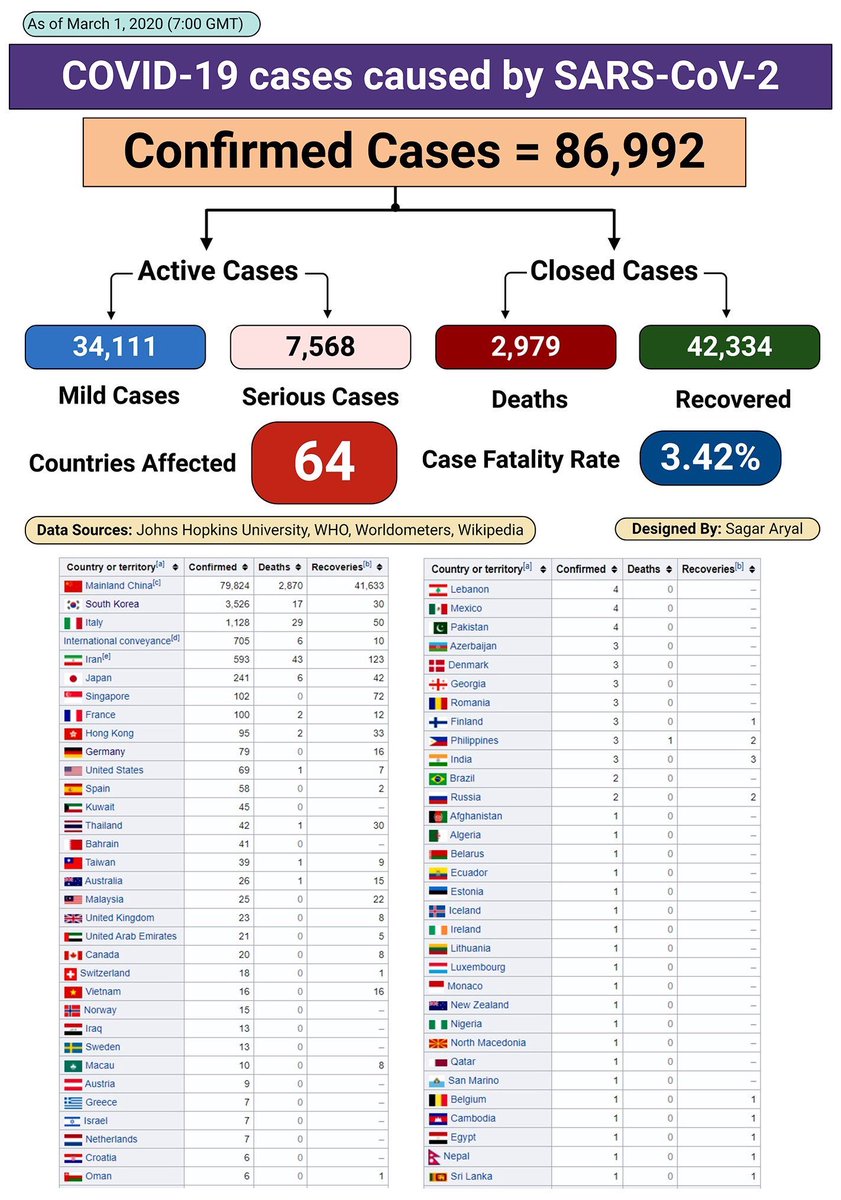I've always used it to give the same meaning as a child sticking their tongue out. A cheeky gesture, like blowing a raspberry. I always reservedand similar for frustration. I guess the emoticons (or emoji as they're now called) will signify different things in different cultures.

Welcome to Tesla Motors Club
Discuss Tesla's Model S, Model 3, Model X, Model Y, Cybertruck, Roadster and More.
Register
Install the app
How to install the app on iOS
You can install our site as a web app on your iOS device by utilizing the Add to Home Screen feature in Safari. Please see this thread for more details on this.
Note: This feature may not be available in some browsers.
-
Want to remove ads? Register an account and login to see fewer ads, and become a Supporting Member to remove almost all ads.
You are using an out of date browser. It may not display this or other websites correctly.
You should upgrade or use an alternative browser.
You should upgrade or use an alternative browser.
Coronavirus
- Thread starter Wenche
- Start date
EVNow
Well-Known Member
Nice graphic here … 1/6 serious cases.

So is the assumption that all cases have been detected? If so then most likely 80-90% of them are isolated by now.
If not, then fatality is going to be lot less. I am going with this second option (common sense principles). (US doesn't even have test kits yet)
means anger, not frustration. What do you use for frustration?
Haha. Never really thought about expressing "mild to moderate frustration" with an emoji. I guess angry red face is too strong, I think I just use eye rolls or confused faces.
1/6 of the cases are serious is not a true statement.Nice graphic here … 1/6 serious cases.

12% of the cases being serious is a better statement.
If you have a serious case, you're less likely to be discharged, while mild cases are more likely to be discharged. So the better calculation is you add deaths+serious divided by all cases= serious cases. Because some serious case results in death(or recovery) with time but at least you are in the hospital for a lot longer than mild patients. We can assume all deaths were more in the serious case category vs mild upon admission.
This still doesn't represent everything since serious cases are more likely to get tested vs mild cases so who knows. There's more bias toward less severity than more severity.
Last edited:
EVNow
Well-Known Member
In the US ?So is the assumption that all cases have been detected? If so then most likely 80-90% of them are isolated by now.
If not, then fatality is going to be lot less. I am going with this second option (common sense principles). (US doesn't even have test kits yet)
There are probably thousands of cases - but only a few dozen detected.
In Seattle area - they are monitoring 500, but only tested a few dozen. If they had enough kits, they would be testing all 500.
SageBrush
REJECT Fascism
I'm not so sure, since I think hospitals are sometimes used for isolation purposes.We can assume all deaths were more in the serious case category vs mild upon admission
EVNow
Well-Known Member
The assumption you are making is none of the recovered patients were serious. Not correct.If you have a serious case, you're less likely to be discharged, while mild cases are more likely to be discharged. So the better calculation is you add deaths+serious divided by all cases= serious cases.
Of the current active cases, 1/6 are serious.
ps :
7500/(7500+34000)=18% ~ 1/6 (my mental math, which comes to 16%).
In the US ?
There are probably thousands of cases - but only a few dozen detected.
In Seattle area - they are monitoring 500, but only tested a few dozen. If they had enough kits, they would be testing all 500.
then Case Fatality Rate really should be "Confirmed" Case Fatality Rate.
Singer3000
Member
In the US ?
There are probably thousands of cases - but only a few dozen detected.
In Seattle area - they are monitoring 500, but only tested a few dozen. If they had enough kits, they would be testing all 500.
The fatality to positive cases in Italy at the time of writing is exactly 2%. Which seems to me means one of two bad things. That Factchecking is wrong and the mortality rate can be higher than 0.7% outside Wuhan. Or that the Italians are still not close to getting a handle on tracking and containing despite finding an increasing number of new cases each day.
The worry I have with the US is it looks spookily similar to Italy this time a week ago. Nothing much really going on at all and within the space of a week fatalities suddenly started to climb.
Stock market doesn’t seem so important anymore does it.
The assumption you are making is none of the recovered patients were serious. Not correct.
Of the current active cases, 1/6 are serious.
I acknowledged that, but the problem is people are discharged faster in the mild category, like 2-3x times faster than the serious category. So if there are influx of patients, serious pts will linger around in the statistics as an open case while mild pts are pushed to closed cases. So eventually as infection number decreases, mild cases will decrease while serious case ratio increases.
For instance, there are pts who were admitted as a serious case when the virus was first discovered. They are still in the hospital. While thousands of mild cases are already discharged throughout this time. This mess around with the statistics. Since we are not that many months into the outbreak, it's safer to assume serious cases have very little amount of recovered pts as they are still in the hospital.
Remember to be discharged they have to quarantine you too. So you have to go from serious, to treated, to quarantined, to discharge. All of these steps maybe take a month or two.
Last edited:
EVNow
Well-Known Member
Yes - as with any global ratios at this point where China seems to be decreasing and others increasing - apart from the dynamics you are talking about.I acknowledged that, but the problem is people are discharged faster in the mild category, like 2-3x times faster than the serious category. So if there are influx of patients, serious pts will linger around in the statistics as an open case while mild pts are pushed to closed cases. So eventually as infection number decreases, mild cases will decrease while serious case ratio increases.
If we look purely at WA, for eg., we have 1 fatality to 6 confirmed cases !
ps :
BTW, not idle speculation on my part. We have close family members in the area in vulnerable group.
Current (today's) practice in local hospitals is to test only if the patient has pneumonia like conditions. So, really only serious cases are even getting tested !
SageBrush
REJECT Fascism
I read the Koch institute instructions (in English).The ones I described before to you.
It sounds like the household contacts of the person in quarantine are treated no different than the people in the house down the street.
I expect that to change
Yes - as with any global ratios at this point where China seems to be decreasing and others increasing.
If we look purely at WA, for eg., we have 1 fatality to 6 confirmed cases !
BTW, not idle speculation on my part. We have close family members in the area in vulnerable group.
China's case decreasing is one of the biggest win as this has the highest concentrated amount of cases. Every country afterwards will go through the same S curve as China, but hopefully on a much smaller scale since they were alerted way prior. China had the disadvantage of the disease being spread for a month without anyone knowing.
I'm not so sure, since I think hospitals are sometimes used for isolation purposes.
Thats absolutely not the case.
In Europe all mild cases are isolated at home.
SageBrush
REJECT Fascism
Possible but unlikelySo you have to go from serious, to treated, to quarantined, to discharge.
Keep in mind that 'serious' is a question of disease severity,
While quarantined or not is a question of infectivity
The fatality to positive cases in Italy at the time of writing is exactly 2%.
Stock market doesn’t seem so important anymore does it.
Only for that 2%.
SageBrush
REJECT Fascism
Maybe, maybe notChina's case decreasing is one of the biggest win as this has the highest concentrated amount of cases. Every country afterwards will go through the same S curve as China, but hopefully on a much smaller scale since they were alerted way prior. China had the disadvantage of the disease being spread for a month without anyone knowing.
China took aggressive public measures that countries outside Asia have not replicated
The Chinese were compliant with instructions
E.g., the US has a deranged monkey and a religious zealot dictating public health measures, 20% of the population think 'faith' will protect them, and ~ 20% of the population are uninsured while a much larger fraction are under-insured.
1/6 of the cases are serious is not a true statement.
12% of the cases being serious is a better statement.
If you have a serious case, you're less likely to be discharged, while mild cases are more likely to be discharged. So the better calculation is you add deaths+serious divided by all cases= serious cases. Because some serious case results in death(or recovery) with time but at least you are in the hospital for a lot longer than mild patients. We can assume all deaths were more in the serious case category vs mild upon admission.
This still doesn't represent everything since serious cases are more likely to get tested vs mild cases so who knows. There's more bias toward less severity than more severity.
Mild cases are not even going to the hospital thus not being discharged. Serious cases in Germany are 2/129
Recommendation is to stay at home. These people will in most cases not even been tested and don't make it in the statistics.
Fatal case is 0
Similar threads
- Replies
- 81
- Views
- 5K
- Replies
- 2
- Views
- 918
- Replies
- 165
- Views
- 25K
- Replies
- 85
- Views
- 9K
- Replies
- 23
- Views
- 5K
B


